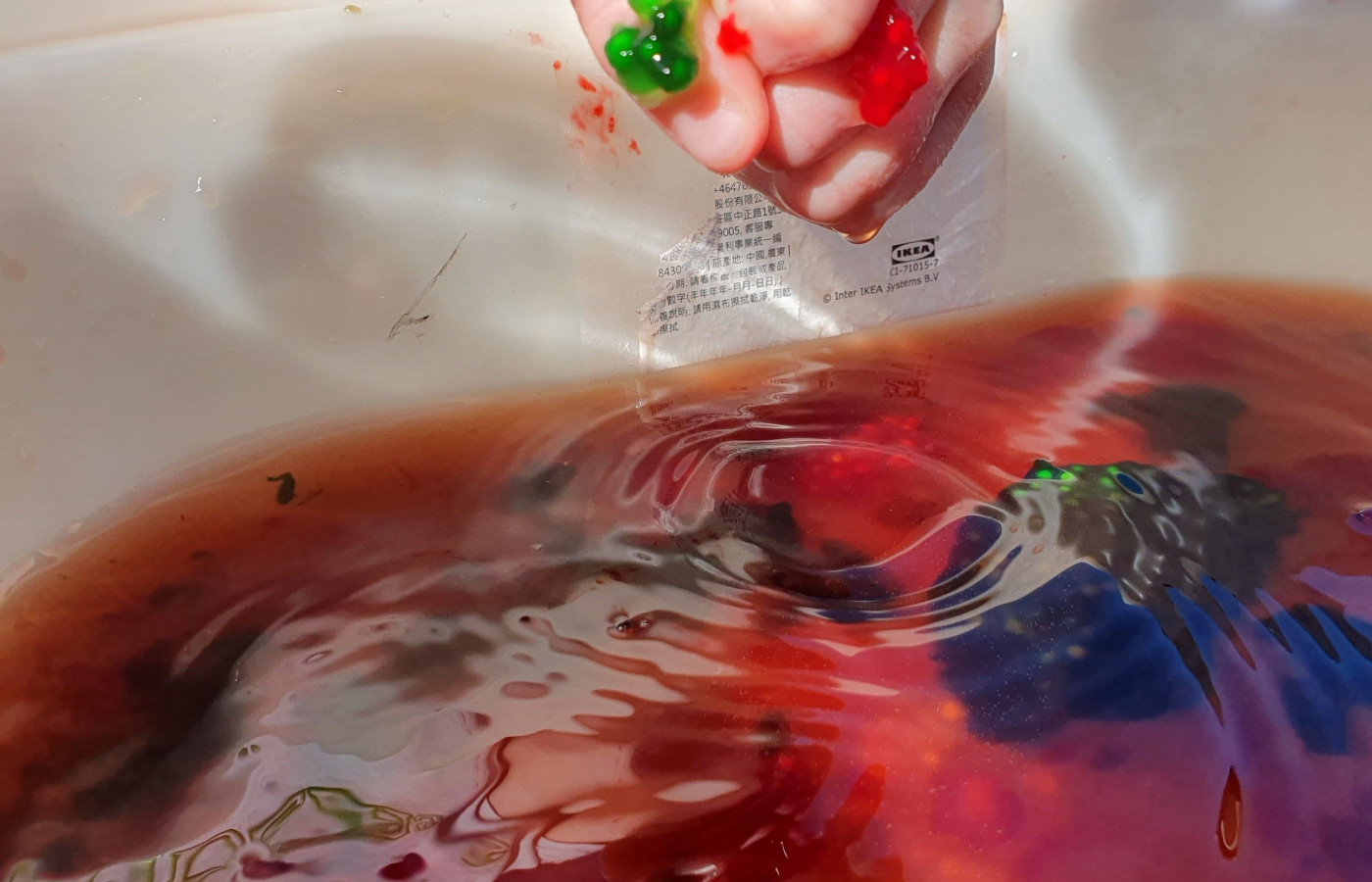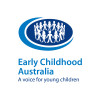Lava lamp experiment

Lava lamp experiment
This science experiment is quick, easy and fun!
Materials Required
- Vegetable Oil
- Water
- Food colouring – primary colours or neon
- Original Alka Seltzer tablets
- Empty plastic bottle or jar (clear)
- Tray
Play experience profile
-
Age:
-
Min Playtime5 - 15 Minutes
-
Skills
-
Energy LevelQuiet Play
-
Messiness Rating
-
EYLF Outcomes
Experience Steps
- To begin, colour about 1/2 cup of water with food colouring.
- Take the Alka Seltzer tablets and break them into 2 or 3 pieces. Place them in a small cup or container.
- Fill the bottle/jar/glass about 3/4 full with vegetable oil. Then pour in the coloured water until the liquid in the cup is about 1-2 inches from the top. You don’t want it to overflow! Well, unless you want to turn it into an eruption experiment too. For this reason and quick cleanup, do this on a tray.
- Let the children take turns adding a piece of an Alka Seltzer table to the cup. *DO NOT let them put the tablet in their mouth at any time.
- Watch the reaction and talk about it

What to talk about, or questions to ask during the experience
- The water and oil do not mix and the oil doesn’t change color because the food coloring is water soluble.
- The Alka Seltzer reacts with the water to make bubbles of carbon dioxide.
- The bubbles attach themselves to the blobs of coloured water and bring them to the top of the glass.
- When the bubbles pop the blobs of coloured water fall back to the bottom of the glass.
Build on this...
- Investigate/research any questions your child comes up with during the experiment
- https://lifeovercs.com/tornado-in-a-jar-science/#:~:text=Mix%201%20teaspoon%20of%20vinegar,to%20throw%20the%20batch%20out.
- https://littlebinsforlittlehands.com/tornado-bottle-weather-science-activity-books/
- Watch: Sesame Street Science - https://www.youtube.com/watch?v=d5K46roUvsk
WHO guidelines for physical activity and sedentary behaviour
Provide evidence-based public health recommendations for children, adolescents and adults on physical activity.
Learn more
Provide evidence-based public health recommendations for children, adolescents and adults on physical activity. Learn more
This is a sedentary activity, however completing the experiment while standing up increases physical activity and is a healthier option to sitting down.
EYLF Outcomes
The Early Years Learning Framework has been designed for use by early childhood educators working in partnership with families, children’s first and most influential educators.
View PDF
The Early Years Learning Framework has been designed for use by early childhood educators working in partnership with families, children’s first and most influential educators. View PDF
- Children become socially responsible and show respect for the environment
- Children resource their own learning through connecting with people, place, technologies and natural and processed materials
- Children develop a range of skills and processes such as problem solving, inquiry, experimentation, hypothesising, researching and investigating
EYLF Principle
Principle 3: High expectations and equity. Children progress well when they, their parents and educators hold high expectations for their achievement in learning.
EYLF Practice
Practice: Intentional teaching. Intentional teaching is deliberate, purposeful and thoughtful. They use strategies such as modelling and demonstrating, open questioning, speculating, explaining, engaging in shared thinking and problem solving to extend children’s thinking and learning.
https://ecrp.illinois.edu/beyond/seed/worth.html
https://www.ysa.org.au/
Author:


